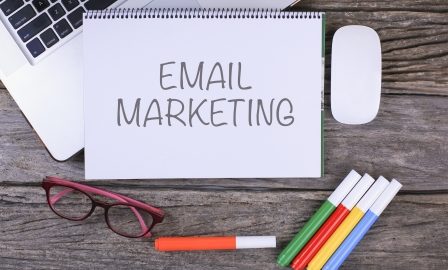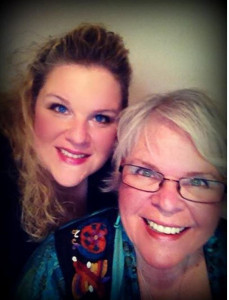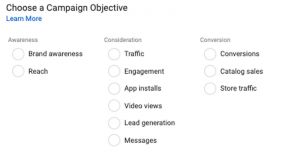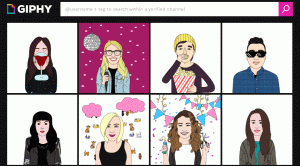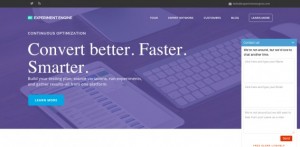
With the continuing rise of social media clutter, email marketing campaigns are becoming even more integral to any marketing strategy, no matter how big or small your company. Marketing Land reports that 77 percent of consumers prefer to receive permission-based emails rather than any other form of marketing communication. Email marketing campaigns provide the perfect opportunity to communicate your brand image, build relationships with (potential) customers, generate leads, increase web traffic, and gather important data. As essential as these marketing efforts are, many email campaigns are a miss. This article will provide you with a step-by-step guide to making any email marketing campaign a hit.
Before you get started…
You need to start by outlining the goals of your email marketing campaign. Depending on the industry and size of your business, the goal might be to:
- Remind customers that your business exists
- Reward existing customers with special promotions
- Nurture prospective customers with drip email campaigns until they are ready to buy
- Actively try to get prospects to purchase your product or service
- Encourage customers to refer their friends and family to you
- Communicate and build your brand image
- Foster engagement and relationships with your clients
Hone in on the main goal of your email marketing campaign and use this to guide you through the creation, execution and analysis of the campaign.
Now that your goal has been set, you need to pick an email marketing service that best fits your needs. According to WPBeginner, the 7 best email marketing services for small businesses, in order, are:
- Constant Contact
- AWeber
- ConvertKit
- GetResponse
- MailChimp
- Campaign Monitor
- ActiveCampaign
Tip from our CEO: If you want to take your email marketing campaign beyond simply sending out newsletters, MixMax allows users to instantly schedule meetings. By using this type of service, you avoid losing customers during the back and forth often associated with setting up appointments. Make buying from you easy!
Ready? Let’s get started!
Step 1: Build a healthy email list
Get into the mind of your customers and ask yourself: What do they want to receive in their inbox? What will they get in return for giving you their email address? What is your call to action? Make sure you communicate “what’s in it for them;” be as specific as possible, so your customers know what they are signing up for. You do not want them to be disappointed once the emails start coming in. In other words, consider the value you are providing. For example:
- Give something away for free (e.g. Bizness Apps’ free trial)

- Offer a newsletter or product updates (e.g. CoffeeCup’s newsletter)

Besides providing these “email sign-up boxes” on your website, there are many other ways to build an email list.
- Account Registration: Incorporate email sign-up into your site registration. Again, the benefits of registering for your website should be clearly stated.
- Word of Mouth: Incorporate email sign-up on features that allow customers to forward products, information, wish lists, notifications and more to their friends.
- Customer Requests: When your website visitors request catalogs, company information, or price quotes ask for their email address.
- Point of Sale: Request customers’ email addresses at the point of sale (POS), either online or in-person.
Step 2: Manage email follow-up
A (potential) customer has subscribed, now what? The first follow-up email the (potential) customer receives after signing up is crucial to the success of your email marketing campaign. Using the email service provider you have selected (i.e. MailChimp, Constant Contact, GetResponse etc.), employ the autoresponder sequence for this immediate follow-up email. This email should include an introduction to the company, as well as specify what you plan on doing with your new subscriber’s email address. For more specific directions, look over Mailify’s infographic outlining the 10 ingredients you need to craft the perfect newsletter.

Important here is to live up to your customers’ expectations. If you set the expectation that you’ll send two newsletters a week, make sure you deliver. If you exceed or fall short of this promise, you risk losing valuable subscribers.
Step 3: Compile analytics and use them
Most email services provide complimentary analytics, so use them! According to Kissmetrics, you should focus on open rate, click through rate (CTR), and unsubscribes. When you know what to look for, email analytics can give you very specific clues as to why your campaign is not successful.
- A low open rate indicates that people are deleting your email upon receipt. In this case, you should work harder on providing value and/or managing expectations.
- If the CTR is low, it means that your message is not capturing your readers’ interest. You can remedy this by improving your copy and targeting your content.
- If your unsubscribe rate is high in relation to your opt-in rate, your email campaign is simply not effective. You need to examine when/why people are opting out and take action based on those findings.
Now that you have collected this initial data, you can start the segmentation process. In other words, you are going to split up your email list into more targeted groups. More targeted communication – that is also useful to customers – will encourage them to stay subscribed.
For instance, the following are ways to segment a larger list:
- Customer List (in comparison to leads)
- Product Updates
- Newsletter
- Daily Email List (in comparison to weekly, bi-weekly, monthly, etc)
Conclusion
Ultimately, your email list is one of the most valuable resources to your small business. The time and effort you put into expanding your email list, as well as managing your email campaign, will translate into real results.
What is your experience with email marketing? How has it helped your small business? How do you keep your existing customers engaged, while also acquiring new ones? Share your tips in the comments.
Digital & Social Articles on Business 2 Community(72)
